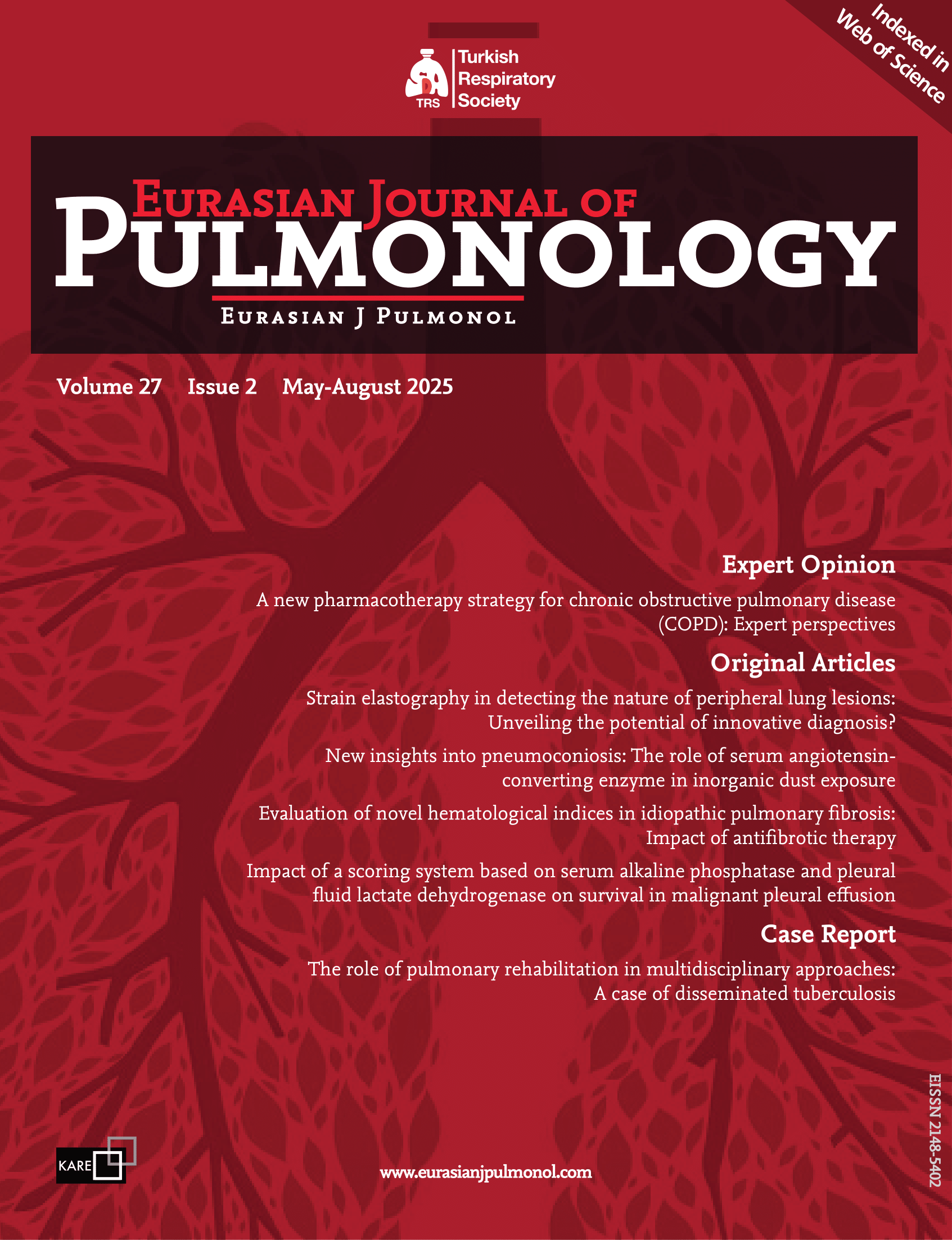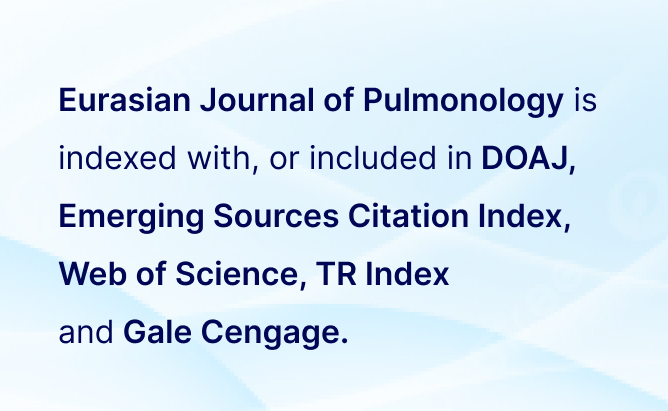2Department of Pulmonary Diseases, Istanbul Medeniyet University, Istanbul, Turkey
3Department of Otorhinolaryngology Head and Neck Surgery, Bakirkoy Dr. Sadi Konuk Training and Research Hospital, Istanbul, Turkey
Abstract
CONTEXT: Obstructive sleep apnea syndrome (OSAS) emphasize the concurrence and interaction of disorders of lipid metabolism and components of metabolic syndrome (MS) such as insulin resistance. AIMS: The aim of this study is to observe the effect of positive airway pressure (PAP) treatment on the lipid profile during 1-year follow-up of patients diagnosed with OSAS. SETTINGS AND DESIGN: This was a single-center, retrospective, observational study.
MATERIALS AND METHODS: A total of 168 OSAS patients were diagnosed in our sleep laboratory and were recommended for PAP therapy. Among these patients, 64 patients who received effective PAP treatment for 1 year, and who did not have the comorbid disease, history of lipid-lowering treatment, or history of lifestyle change, dietary regulation or attempt to loose weight during the 1-year follow-up period were included in the study. Pretreatment measurement parameters including body weight, waist, neck and hip circumference, body mass index (BMI), blood lipid levels (total cholesterol [TC], triglyceride [TG], high-density lipoprotein [HDL], low-density lipoprotein [LDL]), and Epworth sleepiness scale (ESS) score were compared with the 3rd and 12th months parameters. STATISTICAL ANALYSIS USED: SPSS version 16 (SPSS Inc., Chicago, IL, USA) was used for the statistical analyses.
RESULTS: The study included 64 (38 M, 26 F) patients (mean age of 53.1 years). The mean apnea-hypopnea index was 50.84 h. Although TC, HDL, LDL, and TG levels did improve with the PAP treatment (all P < 0.05), no significant decrease was observed with respect to the BMI, hip, neck, and waist circumference (all P > 0.05). There were statistically significant changes in sleep efficiency, oxygen desaturation index, and ESS score (P < 0.05).
CONCLUSIONS: The results show that effective PAP treatment has beneficial effects on the blood lipid profile, which enhances sleep efficiency and sleep quality in patients.










